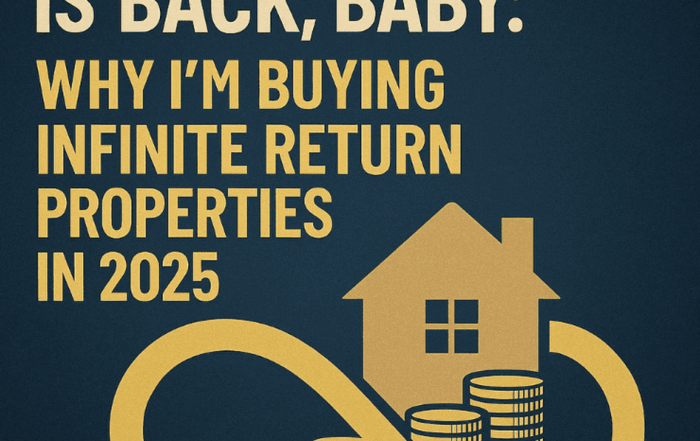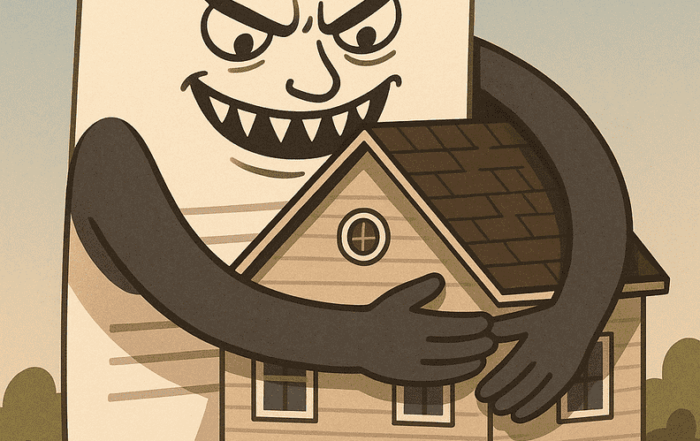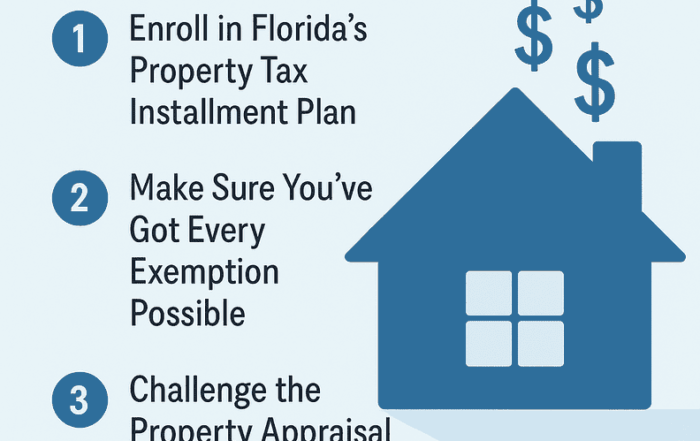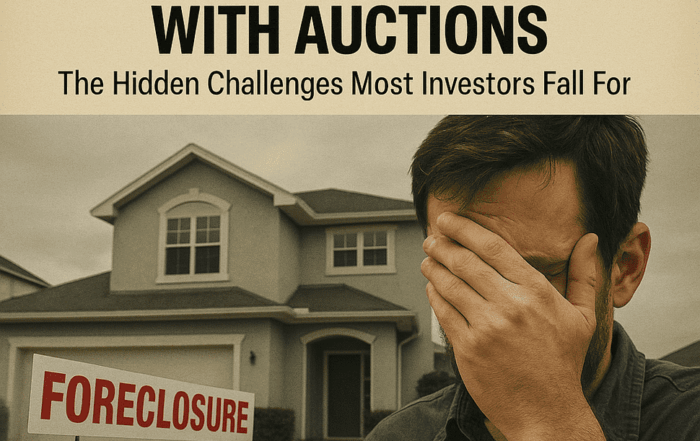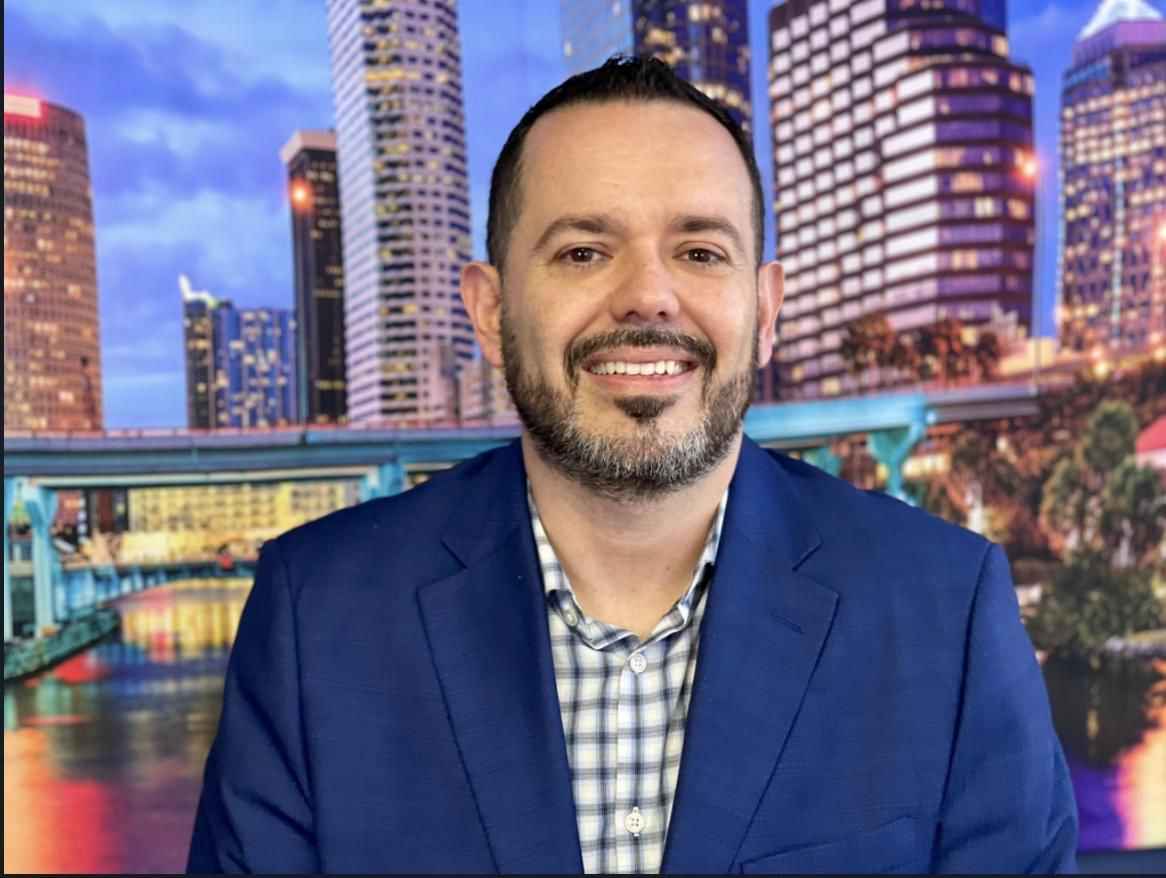A Word of Caution
There are no free lunches in real estate. If you’re not bringing money to the table, you must offer something equally valuable, such as skills, resources, or a network. This could be your ability to find a buyer or seller or a strategy to solve a seller’s problem. If you lack the ability to raise money, fix properties, or find buyers and sellers, buying a property with nothing down is unlikely.
Four Options to Buy with Little or No Down Payment
- Other People’s Money (OPM)
- The BRRRR Method
- Wholesaling
- House Hacking
Other People’s Money (OPM)
This popular method involves using private money, hard money financing, seller financing, or negotiating a second mortgage. Working with a private lender who provides the necessary funds to purchase the property is the simplest way to buy with nothing down.
Pros:
- Flexibility: Private lenders can be more flexible than traditional lenders.
- Speed: Hard money loans can be secured quickly, which is beneficial in competitive markets.
- Leverage: You can leverage other people’s money to grow your portfolio faster.
Cons:
- Cost: Private and hard money loans often come with higher interest rates and fees.
- Risk: Borrowing too much can lead to financial strain if the investments don’t pay off.
- Approval: It can be challenging to find willing lenders without a proven track record.
Example:
Imagine you find a property worth $200,000. You negotiate with the seller to finance 80% of the purchase price ($160,000) and find a private lender to cover the remaining 20% ($40,000). You’ve acquired the property with no money out of your pocket, but you now owe $200,000 plus interest.
The BRRRR Method
BRRRR stands for Buy-Rehab-Rent-Refinance-Repeat. You start by buying a distressed property at a low price, rehabbing it, renting it out, refinancing to recoup most of your initial capital, and then repeating the process. Initially, you need to bring some money to the table, but the refinance phase typically leaves you with a small amount of capital invested, and sometimes you even get paid at the refinance stage.
Pros:
- Equity Growth: By rehabbing properties, you can significantly increase their value.
- Cash Flow: Renting the property generates ongoing income.
- Scalability: Refinancing allows you to pull out capital to invest in more properties.
Cons:
- Initial Capital: Requires some initial investment for purchase and rehab.
- Risk: Unexpected rehab costs can eat into profits.
- Market Dependent: Success relies on property values and rental demand.
Example:
You purchase a property for $100,000 that needs $20,000 in repairs. After investing $120,000, the property appraises for $160,000. You refinance and pull out $128,000 (80% of $160,000), recouping your initial investment and leaving you with $8,000 more to reinvest.
Wholesaling
The idea that you can start wholesaling with nothing down is a myth. It requires years of experience, skills, and investment in marketing to get leads from sellers and find buyers. While the transaction itself involves little money, becoming successful in wholesaling with no money and no skills is impractical.
Pros:
- Low Capital Requirement: Minimal upfront cost for each transaction.
- Quick Returns: Potential for fast profits from flipping contracts.
- Learning Opportunity: Great way to learn about the market and build a network.
Cons:
- Experience Needed: Requires knowledge and experience to find and close deals.
- Marketing Costs: Initial marketing expenses can be significant.
- Inconsistent Income: Income can be unpredictable, especially for beginners.
Example:
Kevin, an aspiring wholesaler, wants to buy properties with no money down. He learns that to succeed, he needs to invest in marketing to find distressed sellers, negotiate contracts, and sell those contracts to other investors. Over time, he apprentices under an experienced wholesaler, builds his skills, and starts closing deals.
House Hacking
House hacking is a strategy suitable for hybrid owner-occupants and investors. It involves buying a multi-family property with a low down payment (e.g., 3.5% for an FHA loan), living in one unit, and renting out the others. If you have an agent’s license, you can minimize the amount of money needed at closing. The rent from tenants can cover the mortgage and potentially provide extra income.
Pros:
- Low Entry Cost: FHA loans and similar programs require small down payments.
- Income Generation: Rental income can cover mortgage payments.
- Owner Occupancy: You get to live in your investment property.
Cons:
- Landlord Responsibilities: You must manage tenants and maintenance.
- Occupancy Requirement: Must live in one of the units, limiting full rental potential.
- Financing Limits: FHA and similar loans have limits on the number of units and loan amounts.
Example:
Sarah buys a fourplex with an FHA loan, putting down 3.5% on a $400,000 property ($14,000). She lives in one unit and rents out the other three for $1,000 each. The rental income covers her mortgage and leaves her with a small profit each month.
Conclusion
Buying a property with nothing or little down is possible, as long as you have the skills to make it happen. If you have an agent’s license, the easiest way to learn would be to work with a creative brokerage company like Graystone Investment Group. You can get paid to learn, and over time, you will acquire the needed skill to be able to do it by yourself.
About the Author
Jorge Vazquez is a broker and founder of Graystone Investment Group headquartered in Tampa, Florida. He has been in the business for over 20 years and has participated in more than 3,500 transactions. Graystone is one of the first companies in Florida with all divisions under one umbrella: Wholesaling, Brokerage, Private Lending, Rehabbing, and Property Management.


